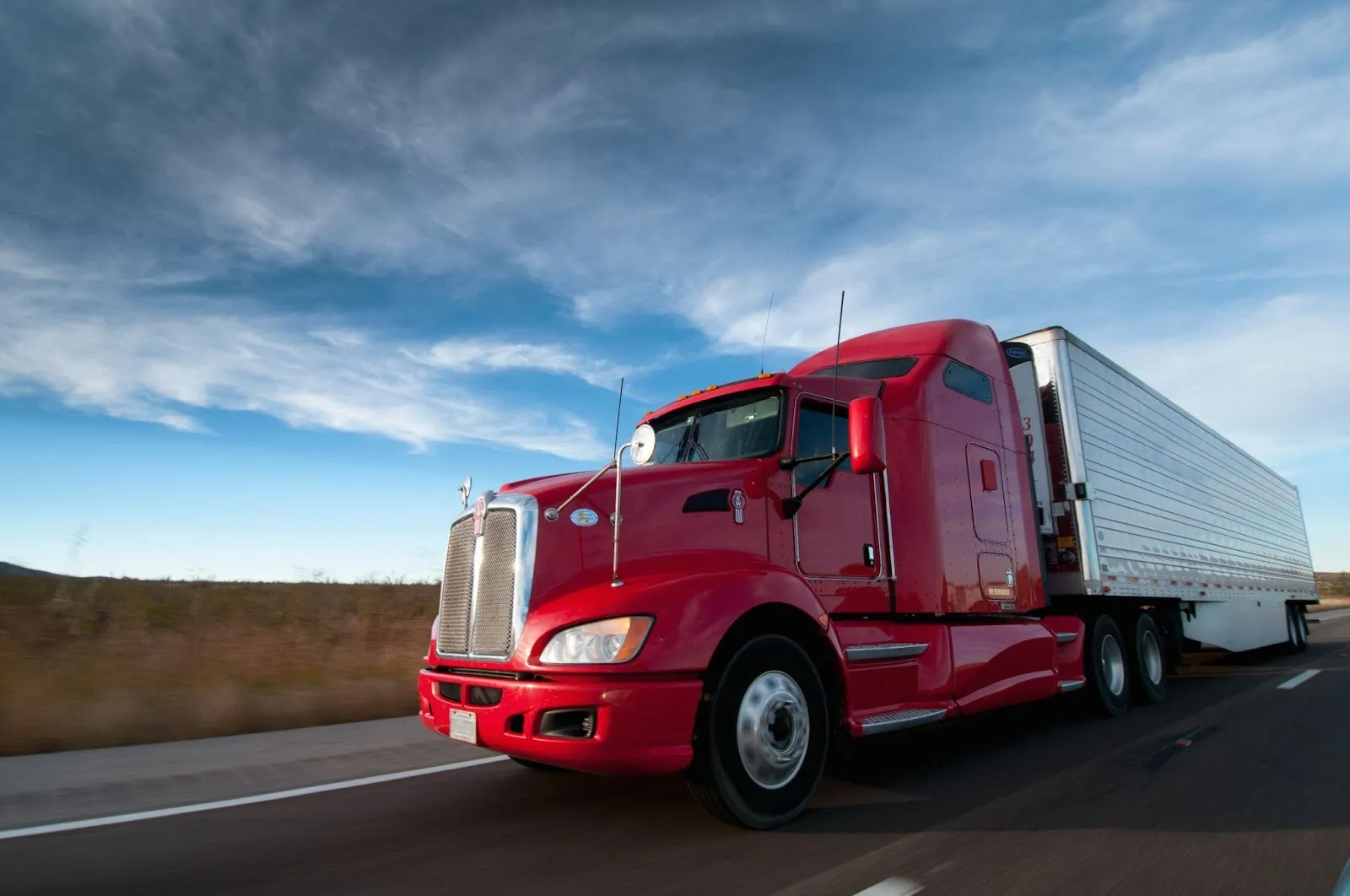
Delays in freight delivery affect businesses of all sizes, leading to missed deadlines, unhappy customers, and increased costs. Identifying the causes behind these slowdowns is essential for improving supply chain efficiency. Freight bottlenecks can occur at various points along the transportation and logistics process. Knowing where and why these interruptions happen is the first step toward reducing delivery times.

One major bottleneck often happens at ports. When shipping volumes surge, ports can become overwhelmed, causing vessels to wait days or even weeks before unloading. Limited dock space, labor shortages, and regulatory inspections contribute to these delays. Customs clearance is another hurdle, especially when paperwork is incomplete or inspections uncover discrepancies. Delays here affect the entire supply chain, slowing down the movement of goods from international origins to warehouses and retail locations.
The freight industry is facing a persistent shortage of qualified truck drivers. This gap creates delays in pickup, transit, and delivery schedules. Finding reliable drivers can be difficult, which makes it harder for carriers to maintain consistent service. The process to find a trucker job has become competitive, reflecting both the demand for drivers and the challenges in recruiting and retaining talent. Additionally, regulations on driver hours and rest periods limit the number of miles a driver can cover, further affecting delivery times.
Aging infrastructure such as roads, bridges, and highways contributes to bottlenecks, especially in high-traffic areas. Construction projects, lane closures, and accidents can cause significant slowdowns. Urban centers with congested roadways present additional challenges for freight movement. These delays increase fuel consumption and labor costs, and they can disrupt tightly planned delivery windows.
Warehousing plays a critical role in the freight network. However, many facilities struggle with capacity constraints, outdated technology, or inefficient processes. To ease these pressures, some companies outsource fulfillment and packing to third-party providers like Productiv, which helps keep orders moving without overloading internal operations. When warehouses are backed up, loading and unloading shipments takes longer, creating a ripple effect on transportation schedules. Inefficient inventory management and slow order processing also add to delays, making it difficult to fulfill orders promptly.
A lack of real-time communication between shippers, carriers, and receivers can worsen bottlenecks. Without clear visibility into shipment status and potential delays, businesses cannot adjust plans proactively. Technology adoption varies widely across the freight industry, and many companies rely on manual or disconnected systems. Improving data sharing and integrating transportation management systems can help reduce uncertainties and streamline freight movement.
Reducing delays requires a combination of strategic planning and operational improvements. Investing in technology that offers real-time tracking and predictive analytics can enhance decision-making. Strengthening relationships with carriers and exploring alternative routes may also ease pressure on congested areas. Finally, addressing driver shortages through better recruitment and training programs will support more reliable service.
Freight bottlenecks are complex but manageable with the right approach. Understanding these common causes allows businesses to implement targeted solutions, improving delivery times and customer satisfaction across the supply chain. Check out the infographic below for more information.
